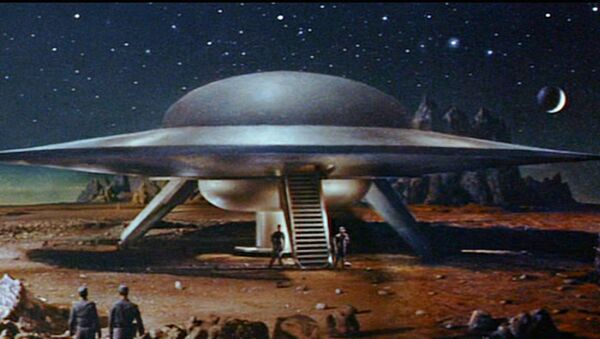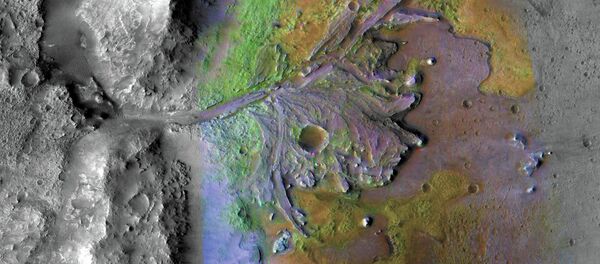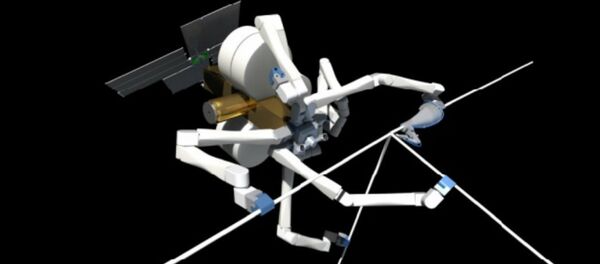Our image of the solar system has changed dramatically over the last few years. Many worlds which were once thought to be dry and cold are now believed to contain liquid water, the most crucial element for life as we know it. Vast oceans exist beneath the ice on Europa and Ganymede, two of Jupiter’s moons, and the Curiosity rover has found organic molecules on Mars.
All of this suggests that life could be more common than previously thought.
Former astronaut John Grunsfeld, associate administrator for NASA’s Science Mission Directorate, agreed with those estimates.
"I think we’re one generation away in our solar system, whether it’s on an icy moon or on Mars, and one generation [away] on a planet around a nearby star," he said during the discussion.
Looking beyond our own solar system, the Kepler space telescope is searching for signs of habitable worlds. Since its launch in 2009, the spacecraft has confirmed two key things: nearly every star in the universe is orbited by planets, and most of those planets are rocky, like Earth and Mars.
"We can see water in the interstellar clouds from which planetary systems and stellar systems form," Hertz said during Tuesday’s panel. "We can see water in the disks of debris that are going to become planetary systems around other stars, and we can even see comets being dissipated in other solar systems as [their] star evaporates."
So how, exactly, do scientists hope confirm extraterrestrial life in these watery places? The most obvious candidate at this point is Mars, and NASA plans to send another rover to the red planet in 2020, one capable of obtaining soil samples to return to earth. But the agency also plans to send astronauts to Mars in the 2030s, who will conduct more concise geological studies.
Europa is also on NASA’s radar. The agency plans to spend $2.1 billion on ways to analyze the plumes of water ejecting from the moon’s surface. That mission could begin as soon as 2022.
Then there’s the James Webb Space Telescope, the $8.8 billion project set to launch in 2018. The telescope will closely observe starlight which passes through the atmospheres of planets far beyond our solar system, looking for signs of habitable environments.
The truth is out there, as the saying goes.





